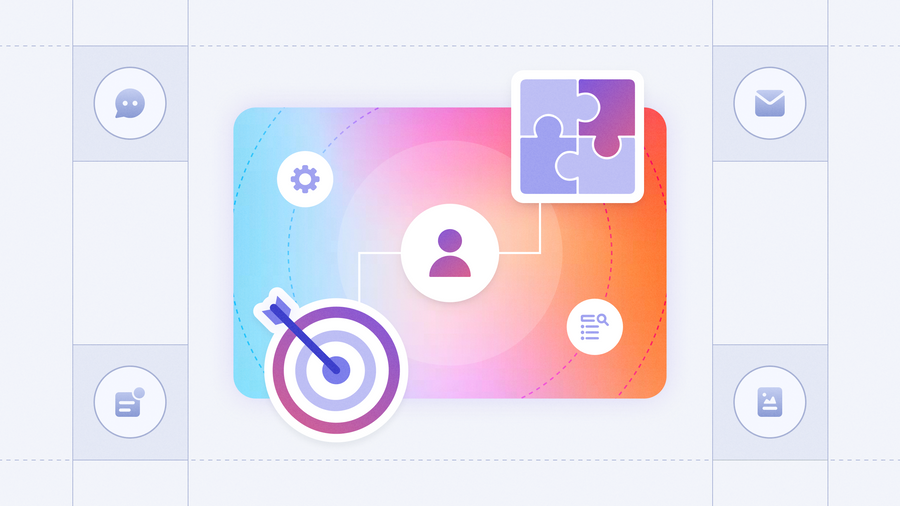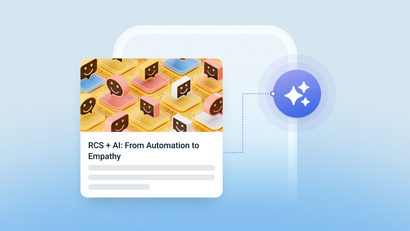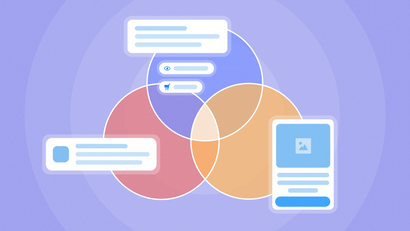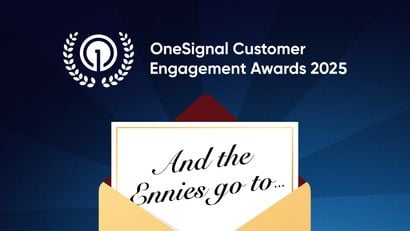There is a big problem with channel-first thinking.
While this approach may work for many internal teams, it’s not the way your users think at all.
When one of your customers abandons their cart, they don’t think, “I hope I’ll receive a push notification later today, while I’m doing something completely unrelated!”
They think, “Dear God, my four year old is drawing on the kitchen walls with a Sharpie, I’ll finish that order LATER.”
Because, no matter how smart our phones get, real life will always be more important than what’s happening in your notification tray.

But, when “LATER” does eventually come around… that’s your window — your maximum moment of influence, when your user’s intent has returned and the decision to engage with your app has regained its importance.
Your messages must meet them in that specific mindset.
This is the heart of context-first engagement. Channels are just your delivery trucks. Context is the GPS that tells you where to go, when to show up, and why anyone should open the door when you get there.
Why context beats channel every time
Before we get into how you go about figuring out when "LATER" has arrived for your users...
We’ve watched mobile engagement evolve from the SMS-and-push Stone Age to the rise of real-time, AI-powered customer orchestration. And yet, we still see the same stories play out for mobile-focused brands: another channel launches, another hope that technology will outsmart human behavior.
But volume doesn’t equal value.
Messaging based on Behavioral context consistently outperform generic sends. In fact, linking messaging data directly with user actions has been shown to boost daily revenue by up to 10%.
Why? Because timing and relevance are psychological shortcuts for trust. When a brand reaches you on your terms with something that feels personally useful, it signals care, rather than digital intrusion.
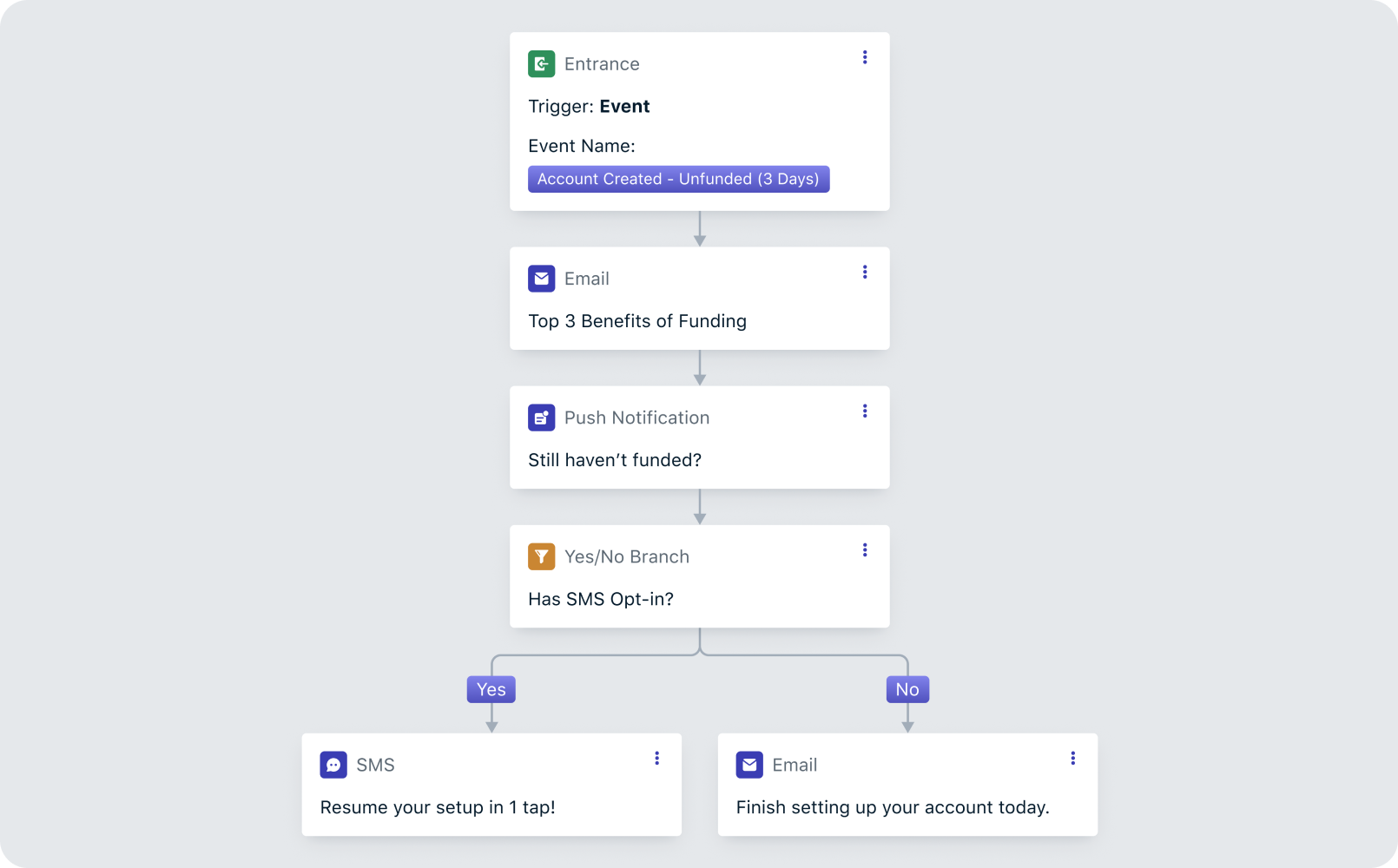
Side benefit! Context also helps you do more with less. Instead of overloading every channel, you make each individual message land in a more impactful way. You reduce message fatigue, unsubscribe rates, and wasted effort — and you may even end up sending fewer messages in the process.
User attention is more fragmented than ever, and their patience even thinner. Those who optimize by context can expect higher long-term retention and improved LTV. But don’t take our word for it!
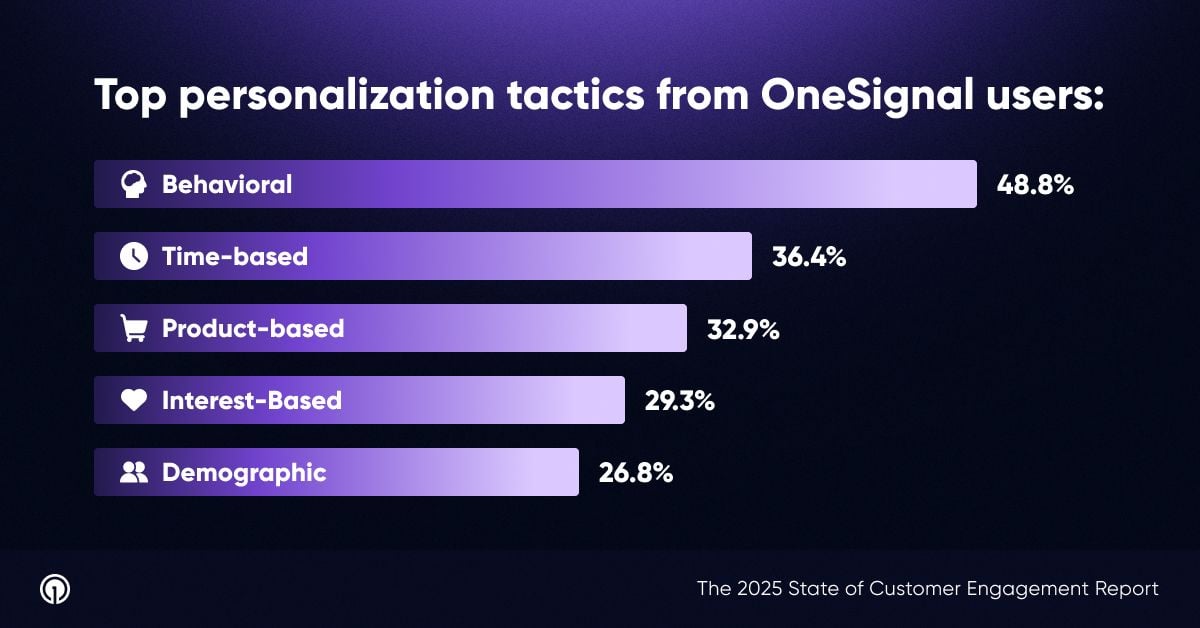
How to build a context-first engagement strategy
Alright, alright, let’s demystify all this. Your customer wants to hear from you LATER… so how do you figure out when LATER is?
1. Start by finding your “Moments of Maximum Influence”
Every brand has them. Those fleeting moments when a user’s interest, intent, or emotion is at its peak. They might not happen on a schedule, but they always happen for a reason. The trick is knowing when, why, and how to meet users there.
Start by taking a big step back and asking a few grounding questions:
- When do people naturally think about your app?
- What triggers that moment… a need, a routine, a goal, or a problem?
- What’s happening around them in that moment? (Are they waiting in line? Relaxing after work? Comparing products?)
- What small frustrations or moments of satisfaction shape how they feel when they open your app?
Letgo has a great example of this in action, and one that paid off with nearly 30k dormant users reactivated.
The point of this exercise isn’t about listing generic lifecycle stages. It’s supposed to help you understand what you mean to users in key moments of their day.
In eCommerce...
Maybe your customers browse late at night when impulse and inspiration collide. That’s your window. Don’t just wait for them to abandon a cart, anticipate the curiosity that drove them there in the first place.
If they’re comparing products in a similar category, that’s your “moment of maximum influence.” Help them make the choice easy: a side-by-side comparison, a gentle reminder of perks like easy returns or free shipping. Anything that says, “We get what you’re trying to decide.”
In gaming...
Your players don’t just engage for fun. They are on a quest for progress. A level completion, a long losing streak, or returning after a few days off each tells a different story about motivation. Identify which moment signals readiness to re-engage and reward that timing.
When they lose repeatedly, offer help, not pressure. A short tutorial video, a hint card, or a “try again with this boost” message reframes frustration into possibility.
And when they return after a break, greet them with context: “Welcome back — here’s what’s new since you last played.” Recognition reminds them this is their world to return to.
In fintech...
Users often think about money when they’re either proud or stressed. Did they just hit a savings goal? That’s your moment to celebrate and deepen trust. Did they ignore a spending alert? That’s your cue to simplify, not scold.
Even a simple, timely push that says ‘You’re 80% to your goal — keep it up!’ can reframe routine engagement as progress.”
In media & entertainment...
Viewers and readers have emotional rhythms, too. Binge-watchers crave continuity. News readers chase relevance. Someone finishing an episode or article might be primed for their next favorite thing — not in two days, but right then.
If a reader finishes three articles on one topic, that’s a signal for a curated email or in-app prompt that deepens their exploration, not a generic newsletter later.”
These behavioral breadcrumbs are your roadmap. They tell you exactly when attention is highest, and how to turn context into an ongoing conversion.
Now, you work backwards from those key moments.
2. Turn those moments into events you can track
Once you’ve pinpointed your “moments of maximum influence,” the next step is to make them measurable. Context can’t guide your engagement if you can’t see it happen!
This is where OneSignal Events come in.
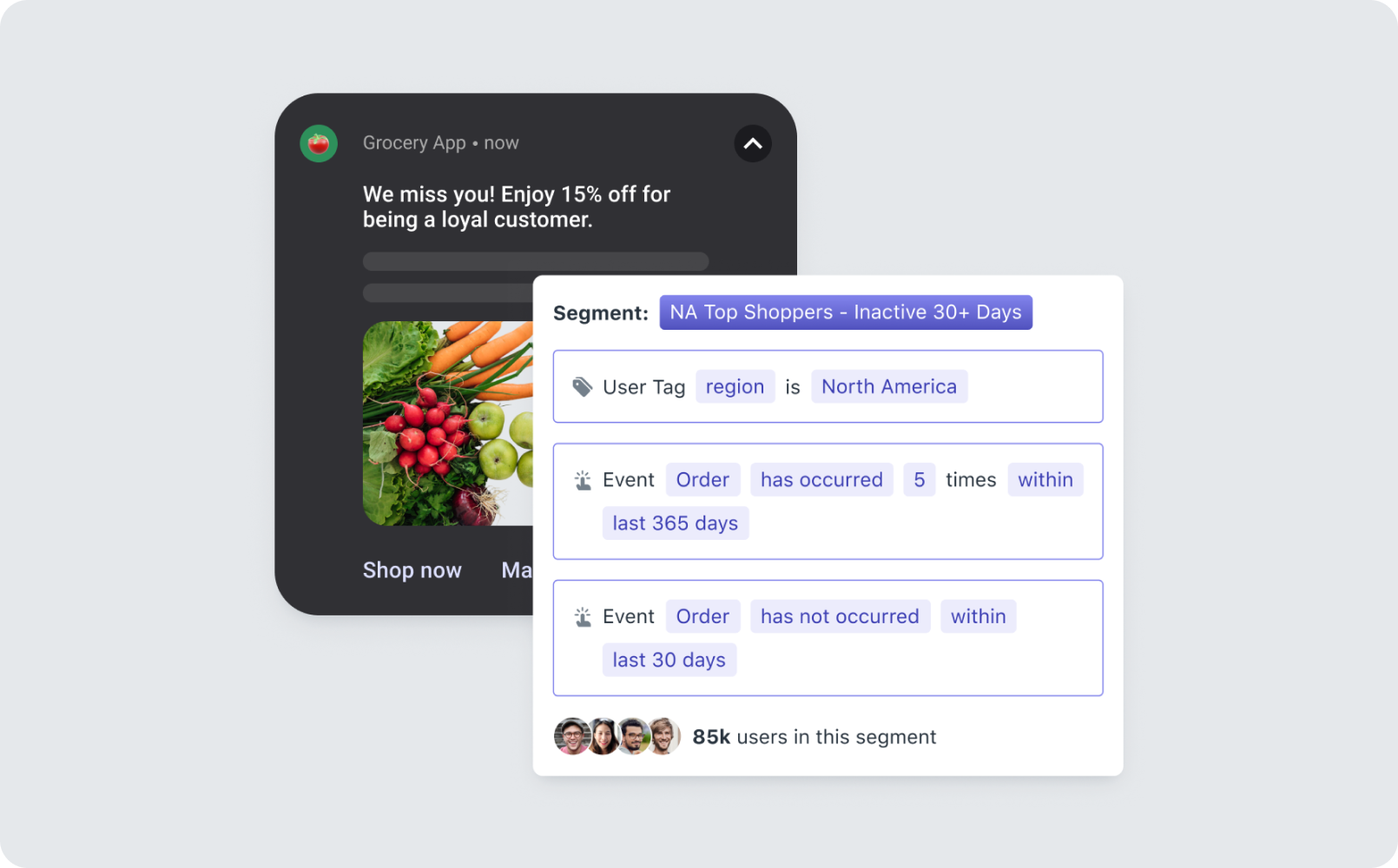
Events let you capture user actions in real time. Things like LevelCompleted, AddedToCart, or SubscriptionRenewed become live signals that your messaging can react to instantly.
Instead of guessing when to reach out, your product itself tells you when a user’s mindset has changed.
Here’s how to think about it:
- If you’re a food-delivery app, your context trigger might be ViewedRestaurant3x — a moment that says, “I’m hungry, but indecisive.” That’s your cue for a gentle nudge with a relevant offer or reminder.
- For a fintech app, maybe it’s ViewedLoanOptions without applying — that’s your window to educate or reassure.
- A gaming app might track CompletedBossLevel as a chance to celebrate and upsell premium content while motivation is high.
- A news app could track Read5Articles to prompt, “You’re clearly a fan — here’s why a subscription unlocks more of what you love.”
These become your contextual triggers — the “if this, then that” logic that keeps your engagement grounded in behavior, not guesswork.
If you want an easy, practical look at OneSignal Events, our Guide to Using Events in OneSignal goes into more detail (and is full of great examples to steal from!)
3. Build adaptive Journeys instead of fixed campaigns
Once your Events are live, it’s time to connect the dots.
Using OneSignal Journeys, you can stitch these behavioral signals into adaptive flows that evolve with each user’s choices. Think of it as a living, breathing customer map rather than a rigid campaign schedule.
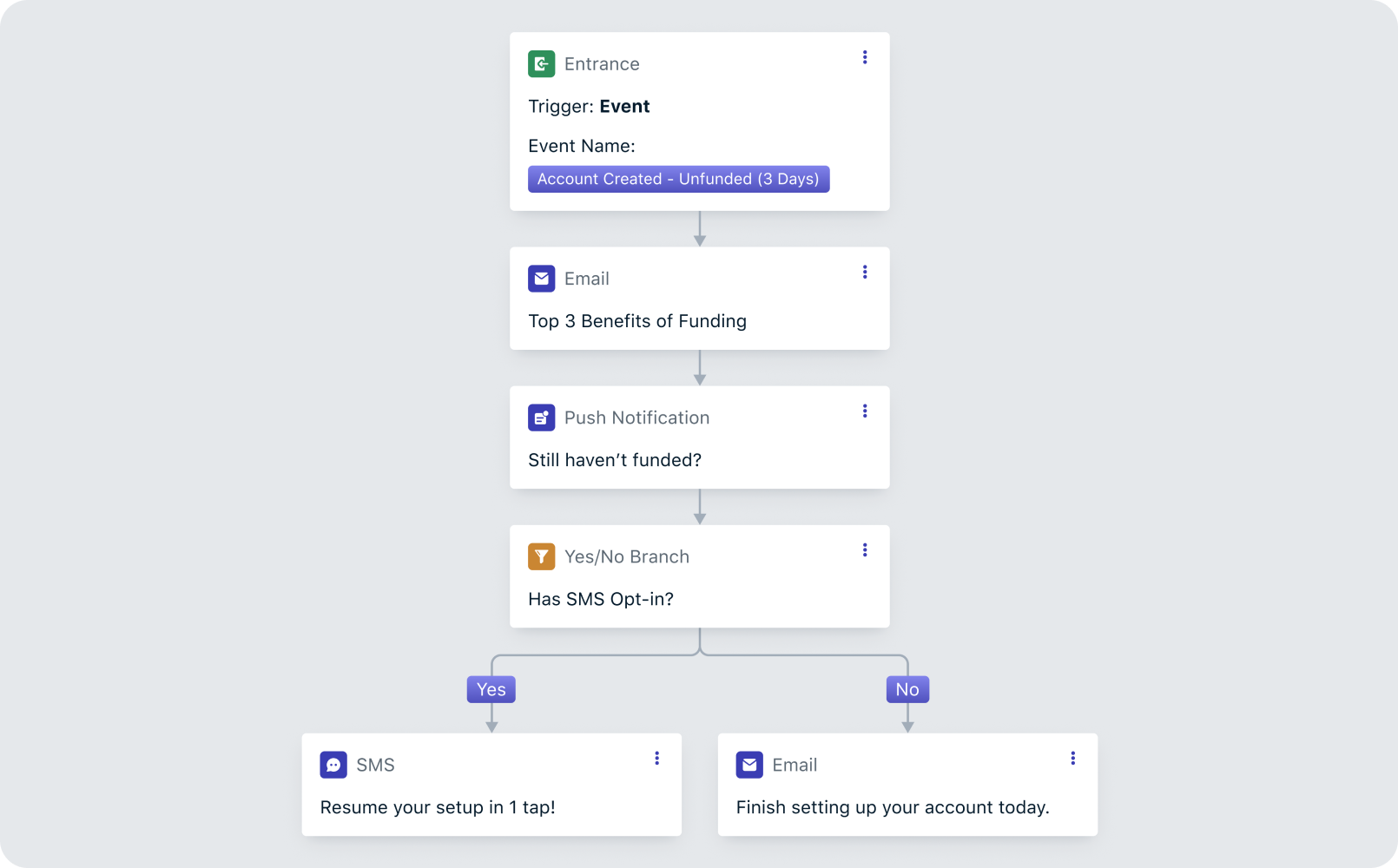
And if you’re wondering when to worry about channels: not yet. Remember, channels are the vehicle, not the map.
Nail the moment and message first; the right medium reveals itself once you understand where your user is and why they’d care. Push might win for immediacy. Email might win for depth. In-app might win for timing. Let behavior decide.
4. Keep your contexts alive (because they change constantly)
Context is a moving target. Motivation, mood, and environment shift fast. What felt timely last quarter might now feel tone-deaf or irrelevant.
That’s why the best marketers treat their Journeys as living systems — something you maintain and tune, not “set and forget.”
A few practical ways to keep them healthy:
- Revisit your Events quarterly. Are you still tracking the behaviors that matter most? Maybe new features have created new signals.
- Watch conversion paths. If users keep skipping certain steps or ignoring specific nudges, that’s feedback that your context has changed.
- Add micro-adjustments. Sometimes small tweaks (like delaying a follow-up by a few hours, or swapping a push for an in-app prompt when a user is already active) can meaningfully improve engagement.
OneSignal’s analytics and Intelligent Delivery make this easier. Intelligent Delivery analyzes individual user patterns to send messages at each person’s optimal time, automatically. That means your timing evolves as your users do.
Think of it as a constant feedback loop: users act → context changes → your system adapts.
As your dataset grows, look beyond single events… start correlating them! When you can predict that a user’s behavior pattern is about to change, context becomes proactive instead of reactive (and retention begins to take off).
5. Measure the lift where it actually matters
It’s worth noting, none of this is about chasing higher open rates. Our goal here is improving the outcomes that make your app sustainable — retention, lifetime value, and satisfaction.
After you launch a contextual Journey, don’t get stuck comparing channels. Compare moments.
Ask questions like:
- Which Event triggers lead to the most valuable conversions?
- Where are users getting too many messages for too little return?
- Which behaviors predict long-term loyalty — and how can you amplify them?
This shift in measurement reframes engagement from a volume metric to a relationship metric.
Context is the channel that never goes obsolete
It’s fun to talk about omnichannel strategies (These days it seems like it’s fun to stick ‘omni’ in front of just about anything). But the next era of engagement will be defined by who connects the dots between all these channels.
At OneSignal, connecting those dots is our sweet spot. Our sweet dots, if you will.
We give apps the tools, triggers, and timing that, yes, sound great on our homepage… but more importantly they help you build real relationships that last beyond the notification.
Because when you understand context, connection follows… and loyalty becomes a natural outcome, instead of just another marketing goal!
Try OneSignal for yourself, you’d be surprised at what you can accomplish on our free plan...
Get Started for Free